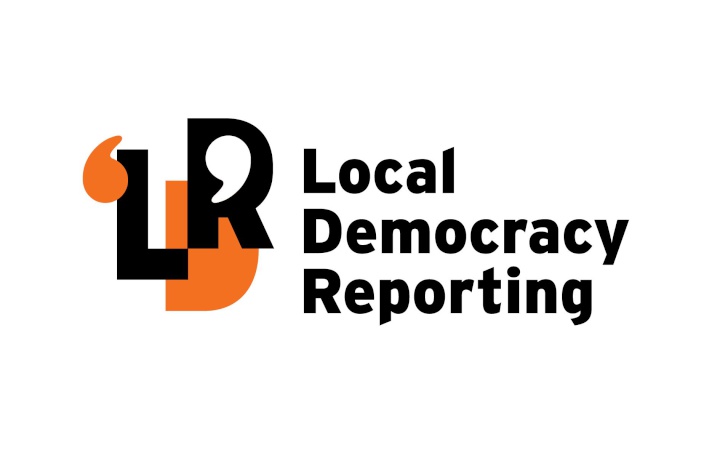Waimakariri's debt is expected to grow to $324 million over the next few years as the Canterbury council tackles some big projects.
However, using "intergeneration" debt to fund major infrastructure is a sensible approach, a treasury advisor told a council meeting on Tuesday (April 1).
The council was among 18 across the country which recently had its credit rating downgraded by Standard & Poor’s.
Waimakariri District Council has come under fire for its debt levels, but Bancorp NZ corporate services manager Miles O’Connor said ratepayer criticism is not unusual.
Spreading the cost of major projects over 20 to 30 years has multiple benefits, he said.
‘‘You can’t have today’s ratepayers shouldering the full cost of infrastructure which future generations are going to take advantage of and have the benefit of.’’
Bancorp NZ provides financial advice to 38 councils, including Waimakariri.
‘‘There is a fundamental misunderstanding of the value of debt,’’ Mr O'Connor said.
Waimakariri council - which includes Kaiapoi and Rangiora - has a debt level of $200m against an income from rates of around $150m and a debt to revenue ratio of around 135 percent.
Debt is expected to increase to $324m over the next few years as the council invests in large projects, a ratio of nearly 170%, before dropping back down to around 135%.
Councils' debt-to-revenue ratios are monitored by the Local Government Funding Agency (LGFA), with limits on borrowing
The debt to revenue ratio is an indicator of debt affordability, and the Local Government Funding Agency sets limits for councils.
Mr O’Connor said Waimakariri's debt to revenue ratio was low compared to other growth councils.
‘‘Five growth councils are going to have to get an exemption from the Government as their debt levels are about to go above 280%.’’
Queenstown-Lakes District Council, which has a population of around 52,000, less than Waimakariri’s 70,000, already has a debt to income ratio of 270% - twice as much as Waimakariri, he said.
Mr O’Connor said he agreed with Waimakariri Mayor Dan Gordon’s assessment that the recent downgrading of the council’s credit rating by Standard & Poor’s was ‘‘unfair’’.
While the credit rating update reconfirmed the council’s AA/A-1+ rating, it came with a negative long-term outlook.
‘‘It is not really reflective of Waimakariri’s financial position, but it is how Standard & Poor’s views the local government sector in New Zealand," Mr O’Connor said.
‘‘Standard & Poor’s is concerned about the level of debt which will be required for infrastructure spending and the ability of councils to fund those increased debt levels.
‘‘But I don’t know if it is entirely fair you [Waimakariri] were lumped in with the rest of them.’’
Mayor Dan Gordon said the council needed to do a better job of explaining the reasons behind council debt.
‘‘There is a fair amount of misinformation going around," he said.
The council was in the best position it could be, at present, Mr Gordon said.
Councillor Robbie Brine said his son was concerned after reading a social media post recently about the council’s debt being $200m.
‘‘I said ‘I’m concerned too’, but the post didn’t say what the council was spending the money on.’’
The council’s $200m debt is due largely to the recovery from 2010 and 2011 earthquakes, as well as spending on three waters infrastructure, roading and MainPower Stadium (which cost nearly $30m).
LDR is local body journalism co-funded by RNZ and NZ On Air.



 Gordon Campbell: Papal Picks, And India As A Defence Ally
Gordon Campbell: Papal Picks, And India As A Defence Ally PSA: PSA Forces Changes To Restructure Of Data & Digital And Pacific Health
PSA: PSA Forces Changes To Restructure Of Data & Digital And Pacific Health Waitangi Treaty Grounds: Anzac Day Commemorative Evening Service At The Waitangi Treaty Grounds
Waitangi Treaty Grounds: Anzac Day Commemorative Evening Service At The Waitangi Treaty Grounds Ministry For Culture And Heritage: New Zealand Flag Half-Masting To Mark The Passing And Funeral Of His Holiness Pope Francis
Ministry For Culture And Heritage: New Zealand Flag Half-Masting To Mark The Passing And Funeral Of His Holiness Pope Francis NZ Government: PM Sends Condolences On Passing Of Pope Francis
NZ Government: PM Sends Condolences On Passing Of Pope Francis NZDF: Battlefield Remains Unearthed By Wildfires In Gallipoli Covered Over By Kiwi Team
NZDF: Battlefield Remains Unearthed By Wildfires In Gallipoli Covered Over By Kiwi Team NZ Police: New Zealand Police team up with Z Energy, NZTA and ACC to remind Kiwis to drive safe this Easter
NZ Police: New Zealand Police team up with Z Energy, NZTA and ACC to remind Kiwis to drive safe this Easter


